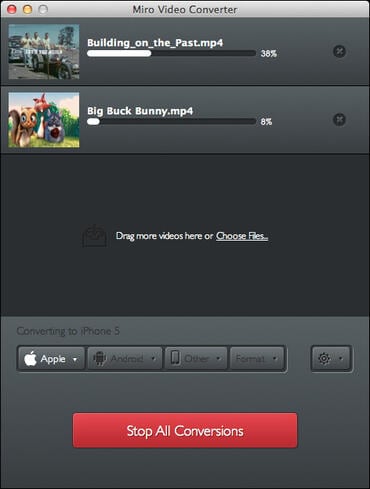

This doesn’t happen with a Cinema RAW Light file (.CRM). Like Cinema RAW Light, Log footage starts out as raw sensor data but then the gamma curve and processing parameters are baked into it at the point of capture. It delivers a versatile base for grading, but Cinema RAW Light unlocks more options in post-production. Meanwhile, the Canon EOS C300 Mark III supports continuous recording at higher frame rates of up to 120fps in 4K Cinema RAW Light using CFexpress recording media.Ĭanon Log is designed to deliver an 800% increase in dynamic range, minimising the loss of detail in the darkest and brightest parts of the image. The Canon EOS C500 Mark II features a DIGIC DV 7 image processor, which enables Cinema RAW Light recording internally at 5.9K and at up to 2.1Gbps using CFast™ 2.0 cards that support VPG-130. (It's worth noting that only CFast™ 2.0 cards that support VPG-130 are recommended for use with Cinema RAW Light.)

In the case of the Canon EOS C200, this breakthrough enables 4K internal recording to a high-speed CFast™ 2.0 card, working out at around 15 minutes of 12-bit or 10-bit DCI 4K at 1Gbps on a 128GB card. Also featured on the Canon EOS C500 Mark II and the Canon EOS C300 Mark III, the Cinema RAW Light format allows filmmakers to realise the widest dynamic range of the camera’s sensor in a file that’s approximately a third to a fifth of the size of a standard Cinema RAW file. Previously, that flexibility had come at the price of large file sizes, making the storage and transfer of 4K RAW files on location and in the edit suite a challenge.Ĭanon's Cinema RAW Light format alleviates this problem, offering a significant reduction in file size without sacrificing image quality or grading and compositing headroom. RAW filming ensures optimum control over picture quality and enables creative and technical decisions to be made later in post-production. Canon Cinema RAW Light, first introduced with the release of the Canon EOS C200 video camera, makes using RAW faster and easier than ever. Filming in RAW gives you more options in post-production, but the file format has in the past been hard to accommodate.


 0 kommentar(er)
0 kommentar(er)
